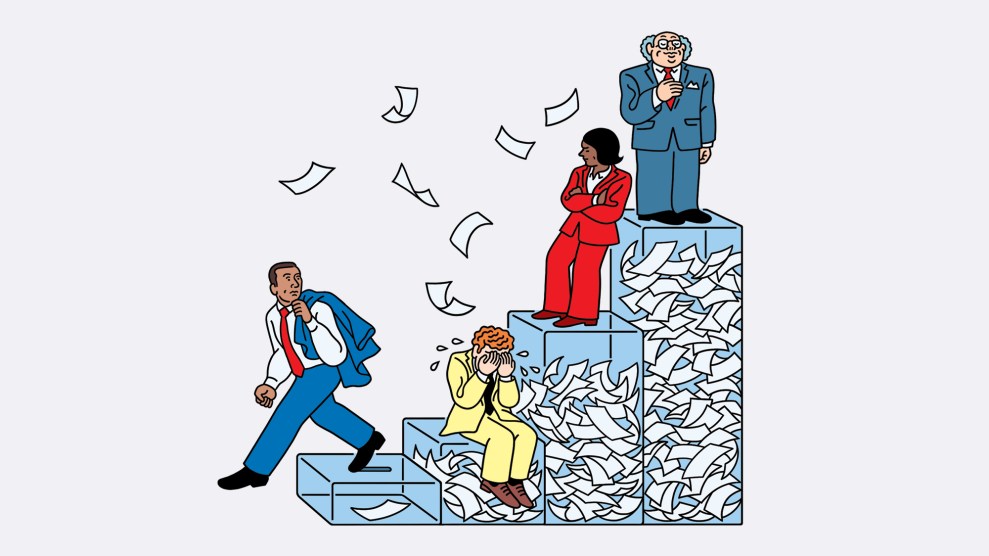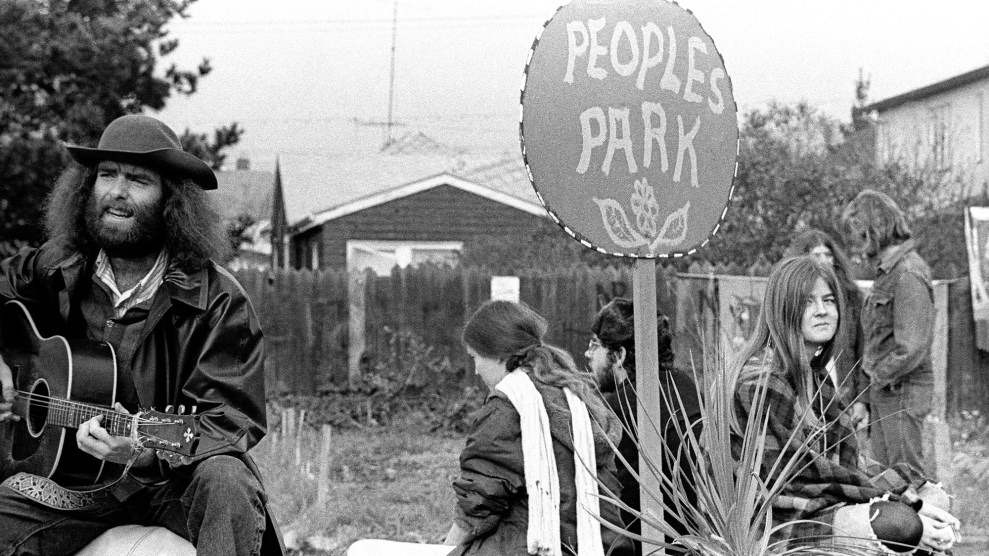PCB exposure caused defects in rats similar to autism in humans, in a study at the University of California at San Francisco.
Marla Cone, who wrote Dozens of Words for Snow, None for Pollution for us in 2005, broke the PCB story today in the Los Angeles Times. She writes:
Rats exposed to low levels of PCBs in the womb and during nursing had disorganized, malfunctioning auditory centers. The auditory cortex controls the brain’s processing of sounds, which is essential for language development.
PCBs were one of the world’s most widely used chemicals, their use peaking in the 1970s, mostly as insulating fluids in large electrical equipment. Although banned in the United States in 1977, they are still among the most pervasive contaminants on the planet, and exposure is difficult to avoid because they have spread globally and built up in food chains.
Last year, two internationally known environmental scientists reported in a medical journal that industrial chemicals may be causing a “silent pandemic” of learning disorders. Dr. Philippe Grandjean of Harvard School of Public Health and Dr. Philip J. Landrigan of Mount Sinai School of Medicine identified 202 chemicals — including PCBs and mercury — that could be contributing to autism, attention deficit disorders and other neurological disorders, and they urged more human studies.
In 2004, we investigated whether the CDC, the FDA, and other health agencies were covering up evidence that a mercury preservative in children’s vaccines has contributed to a rise in autism. About 1 in every 150 children now has autism or a related disorder.















